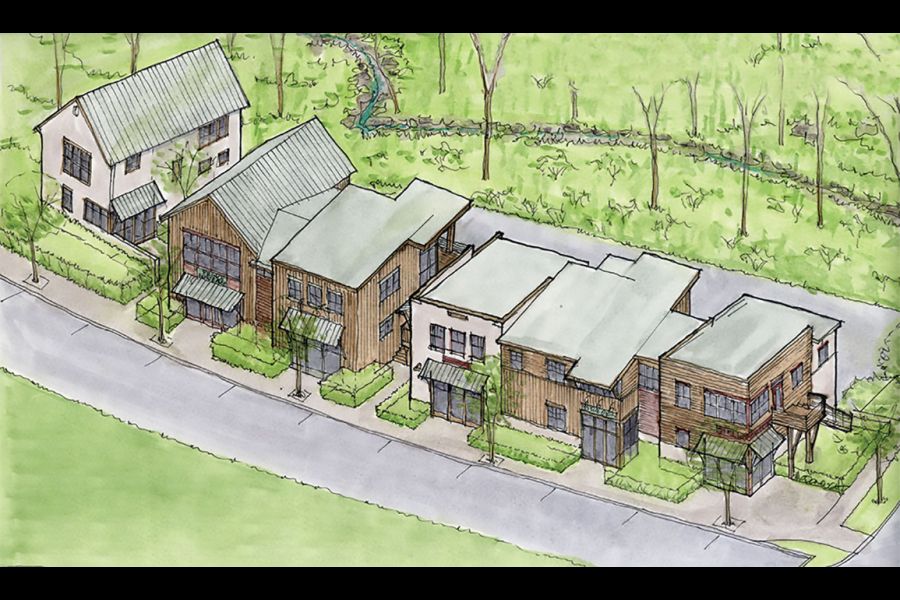My son is thrilled to pieces with his recently acquired property in an old turn-of-the 20th-century neighbourhood.
This is not because it is all he ever wanted in a house. On the contrary, he has made a number of concessions based on affordability.
Yes, it does have a yard big enough to allow him to express his love of gardening and a kitchen that supports his joy of cooking, but that’s not the real reason he’s so happy.
Nope, what has him completely chuffed is that for the first time in his life, he’s living in a completely walkable neighbourhood.
As he recently pointed out, except for the commute to work, on a day-to-day basis there is no need to start the car. Everything they would have historically driven to can be found within a 10-minute walk from their front door.
There are parks, schools, stores, restaurants, and even a Service Ontario office within that radius, all of which has made him and my daughter-in-law as happy as two clams.
I think his experience speaks to people’s basic desire for human-scaled communities and precisely what this column has been visiting in the last several weeks.
We have considered the evolution and the failure of suburbia with its segmentation, separation and centralization of homes, retail, services (etc.) into separate “islands” dependent on vehicular transportation.
And, I hope there is a common understanding that our housing dilemma is such that we can no longer afford to go down the road well-travelled and continue to make the same mistakes over and over again – despite the apparent desire of our governments and real estate industry. It is well past time for a new direction.
It is my belief that one small but absolutely vital component of this new direction is the resurrection of the small multi-use building.
I’m not sure exactly when the North American perspective shifted and it became slightly socially verboten to live above your or someone else’s place of work, but there is no question that many of us have a vague notion that someone successful would not do so.
Of course, this flies in the face of most cities outside Canada and the United States, where it is common practice. But even here, it is a fallacy.
One of the best (in my opinion) restaurants in North America has been owned and operated by the same family for three generations, each of whom made their home in the three-storey townhouse above the business.
Interestingly, this same family holds an investment portfolio which in 2005 had a valuation in excess of $200 million.
As real estate, these multi-use (or live/work) buildings have a sound market. Witness the series built in Bronte during the early years of this century. Not only did they sell well initially, the properties have appreciated at or slightly above the market in the years since.
Why have more not been built?
That remains a question to which I can only speculate that they do not fit the common methodology of real estate developers.
The fact remains that this type of building within a neighbourhood not only delivers walkability benefits, it also provides dwellings in the same contained footprint.
And, adhering to good design principles, they can easily integrate into existing neighbourhoods while adding to the architectural attractiveness of the community.
Visit any old small town Main Street in this province and you’ll see these buildings. And you don’t have to go far: just take a walk down Queen Street in Niagara-on-the-Lake.











